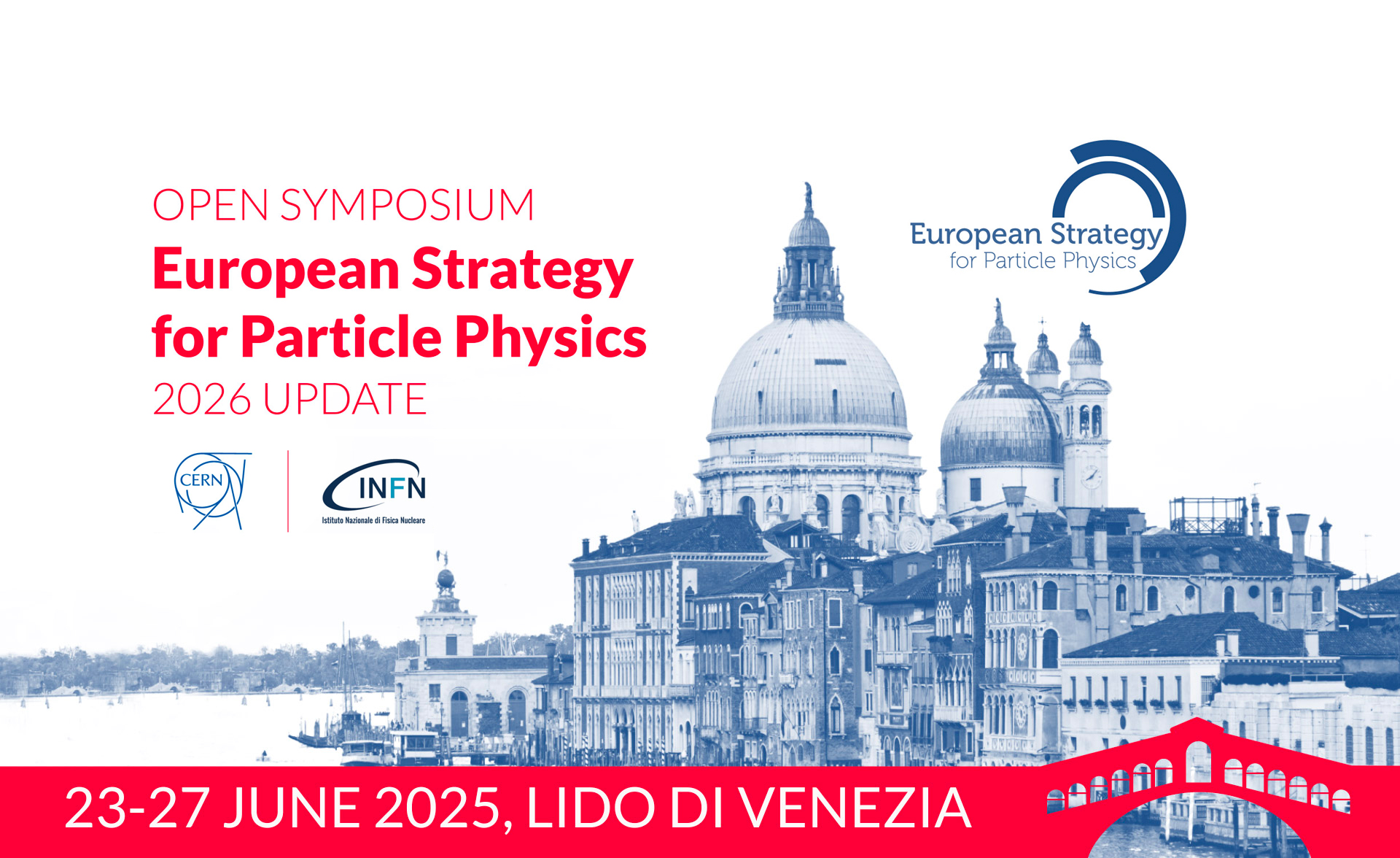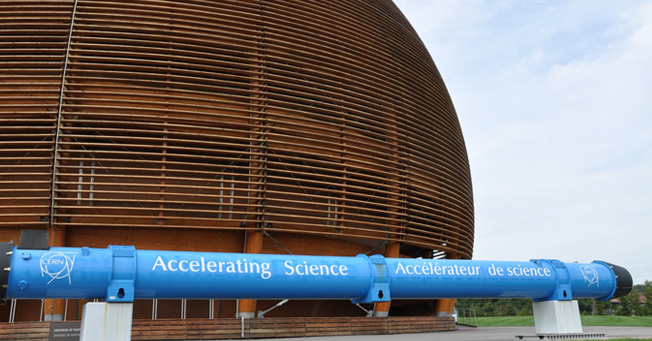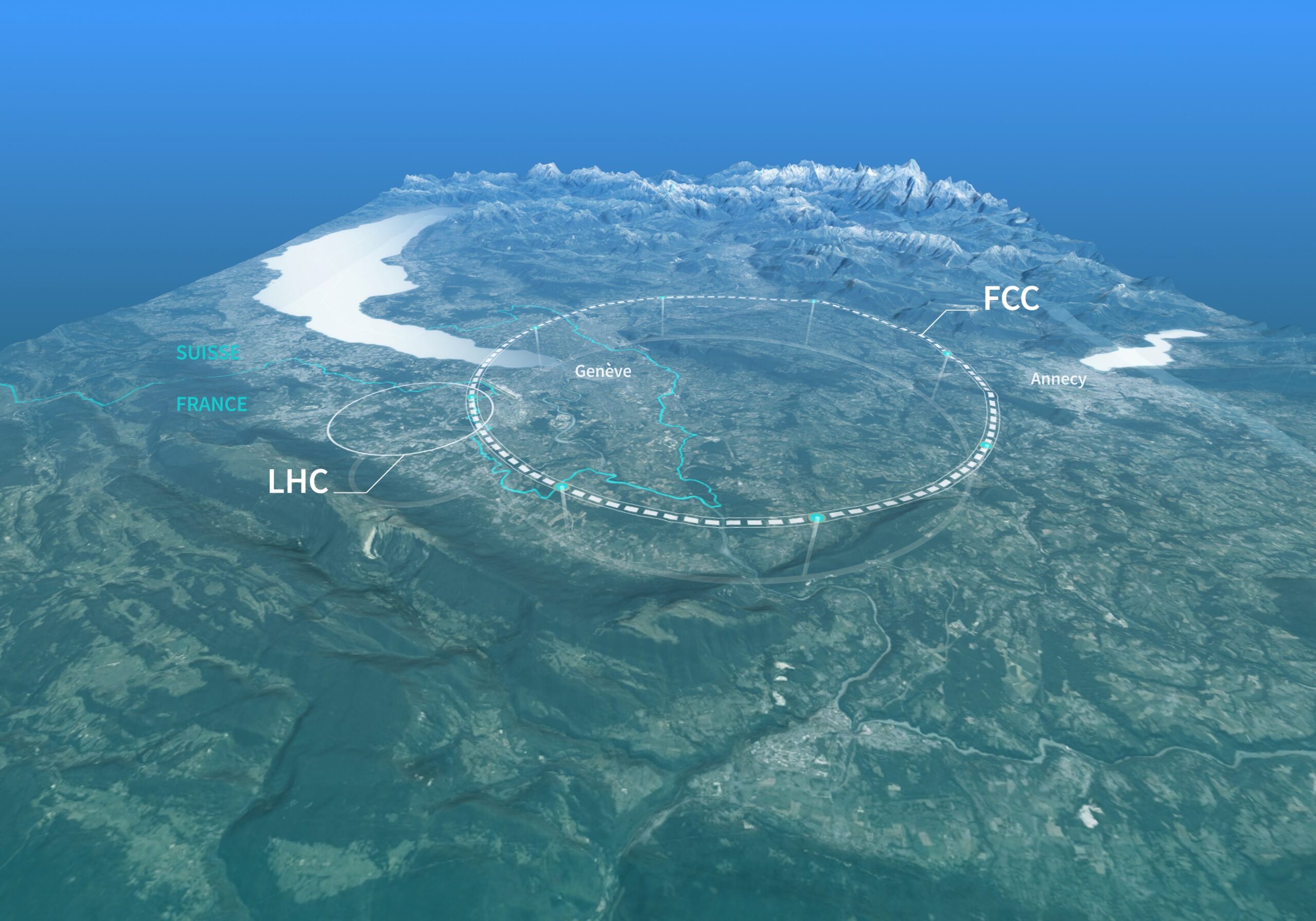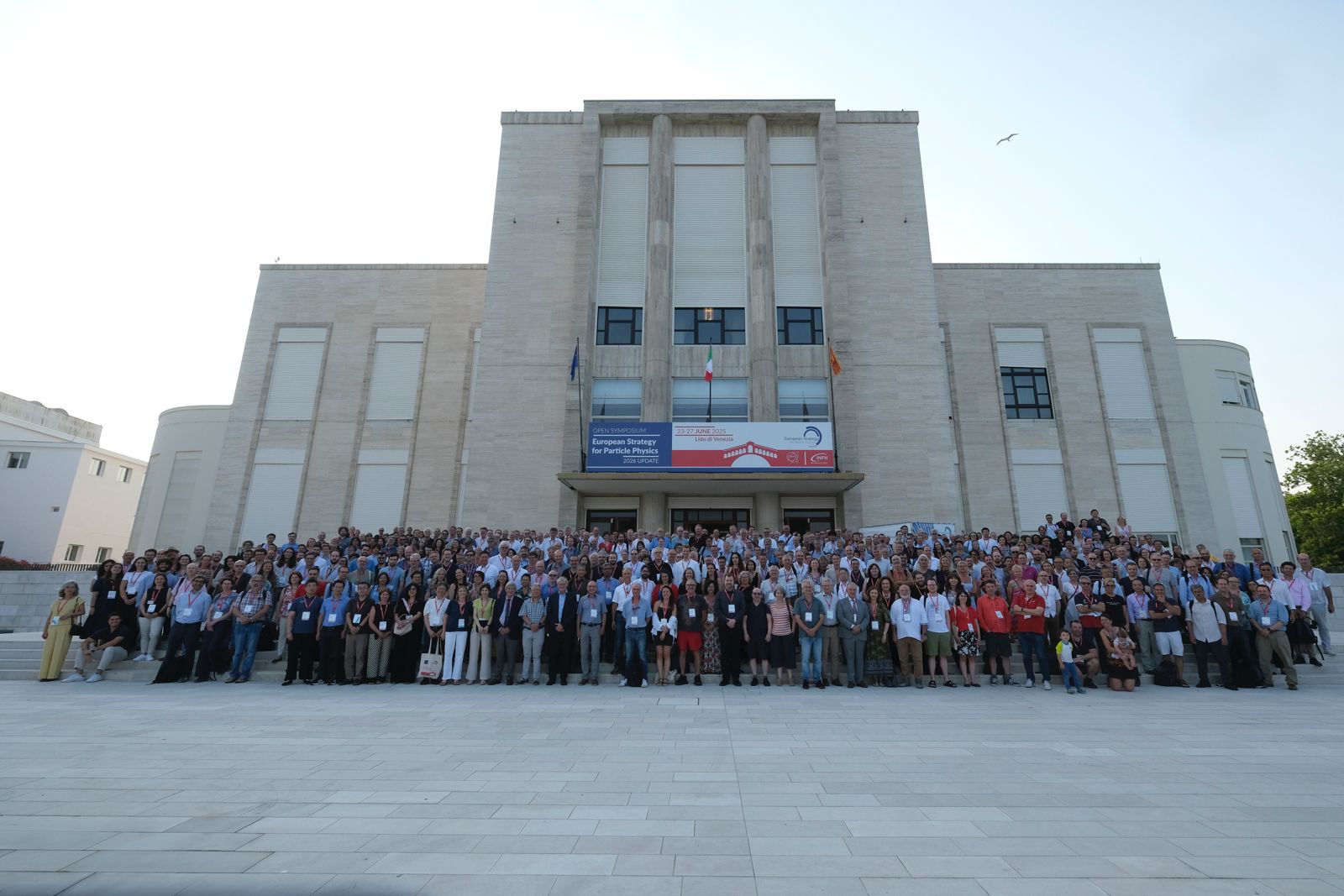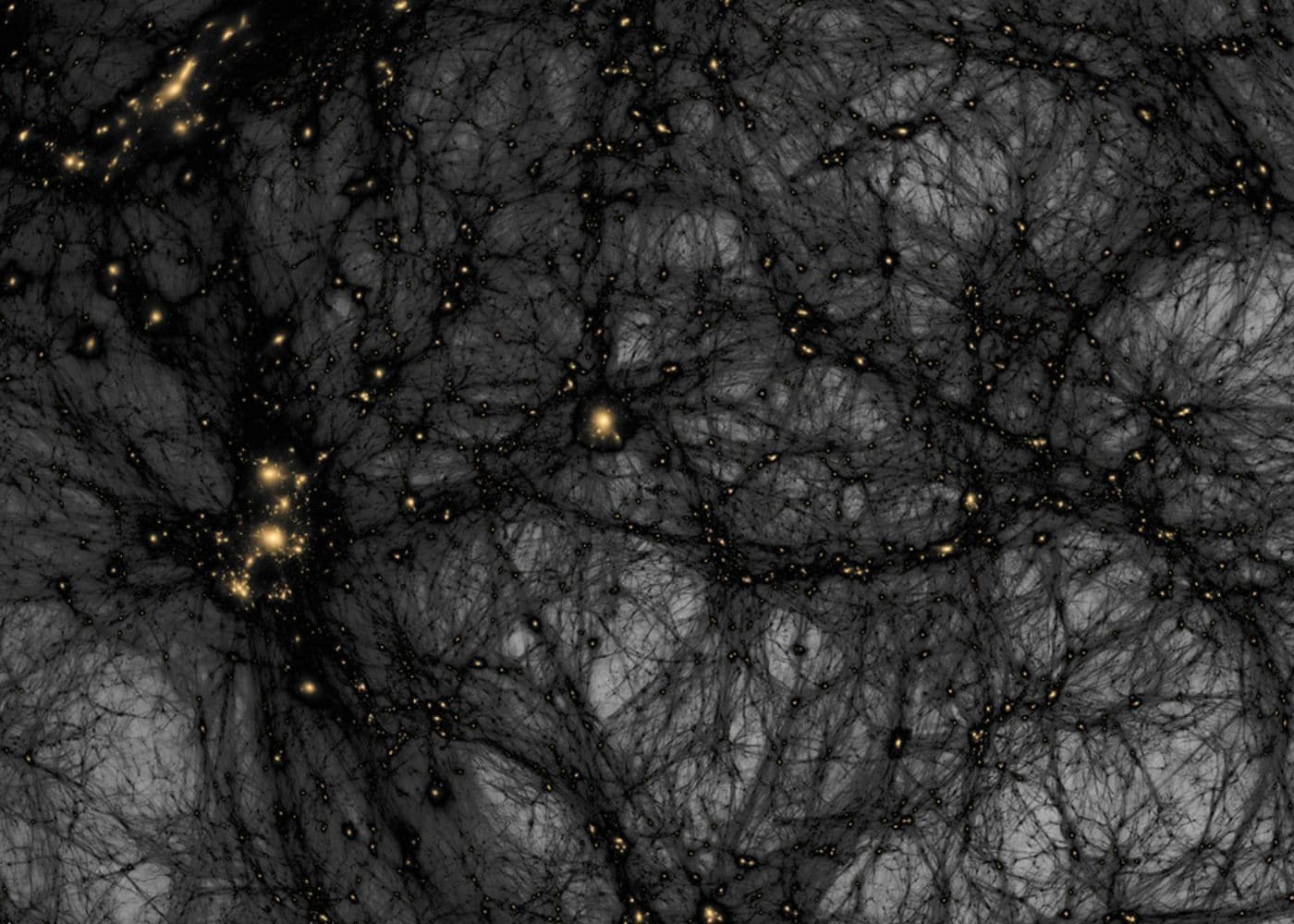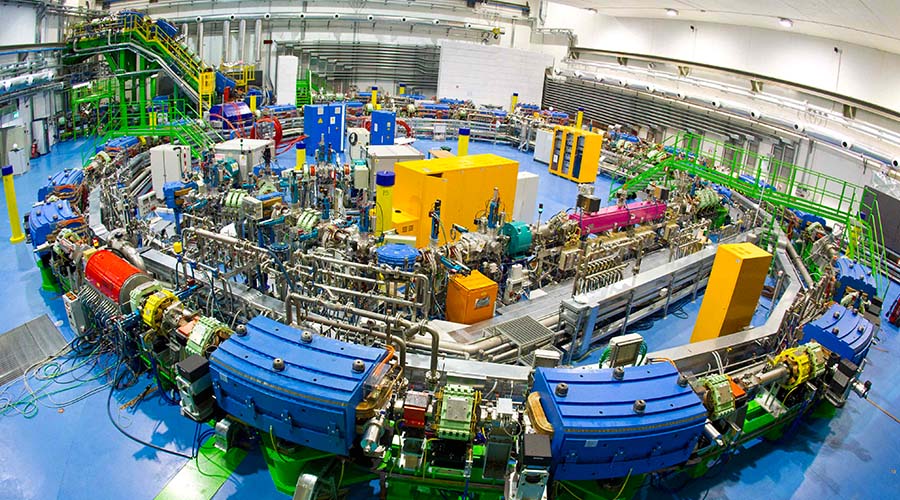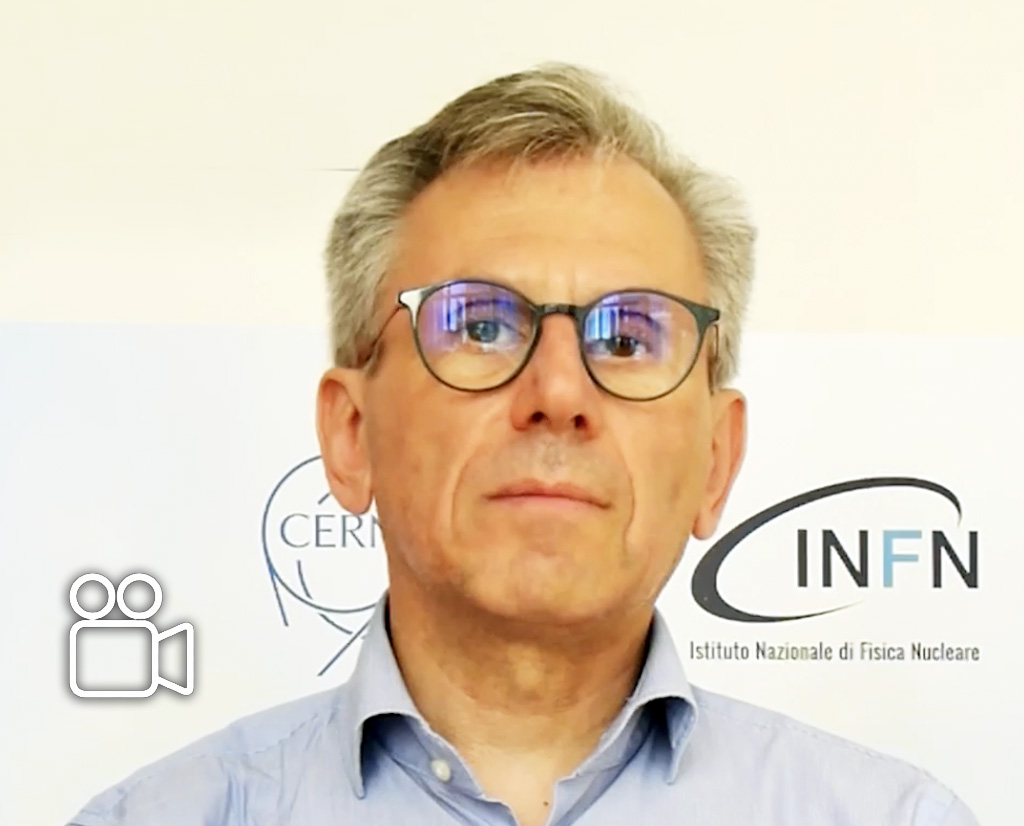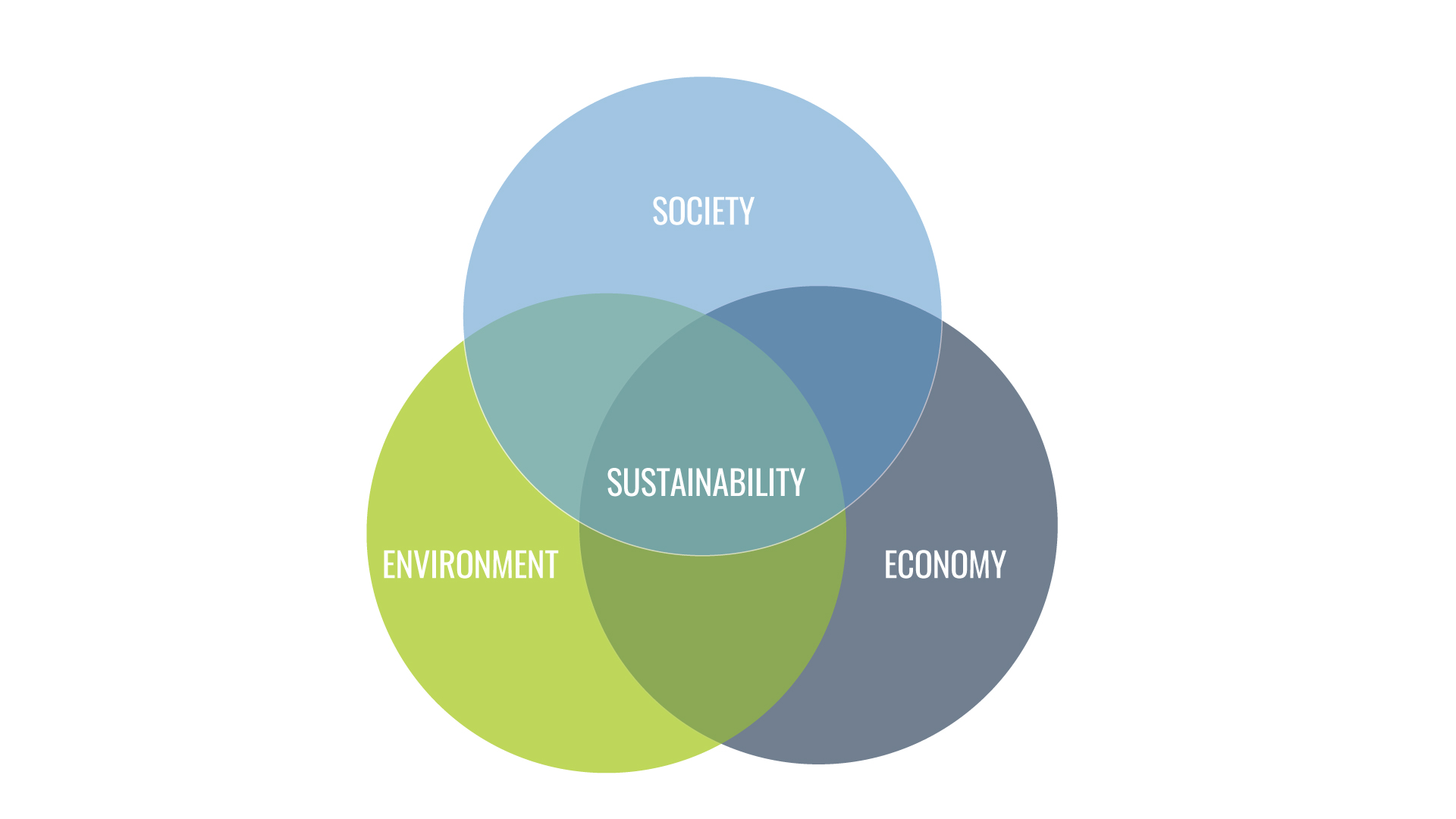The Venice Symposium
During the symposium, contributions presented by the scientific community were discussed , as many as 266, submitted by national institutions and laboratories across more than 36 countries. A large number of these contributions focused on the debate over the successor to the Large Hadron Collider (LHC).
Many researchers emphasized the need for an ambitious and innovative research program that keeps CERN as the global reference center for collider physics, while also ensuring a diverse scientific program with maximum physics impact and complementary approaches to colliders. Contributions from scientists in related fields also highlighted the strong connections between particle physics, nuclear physics, and astroparticle physics.
